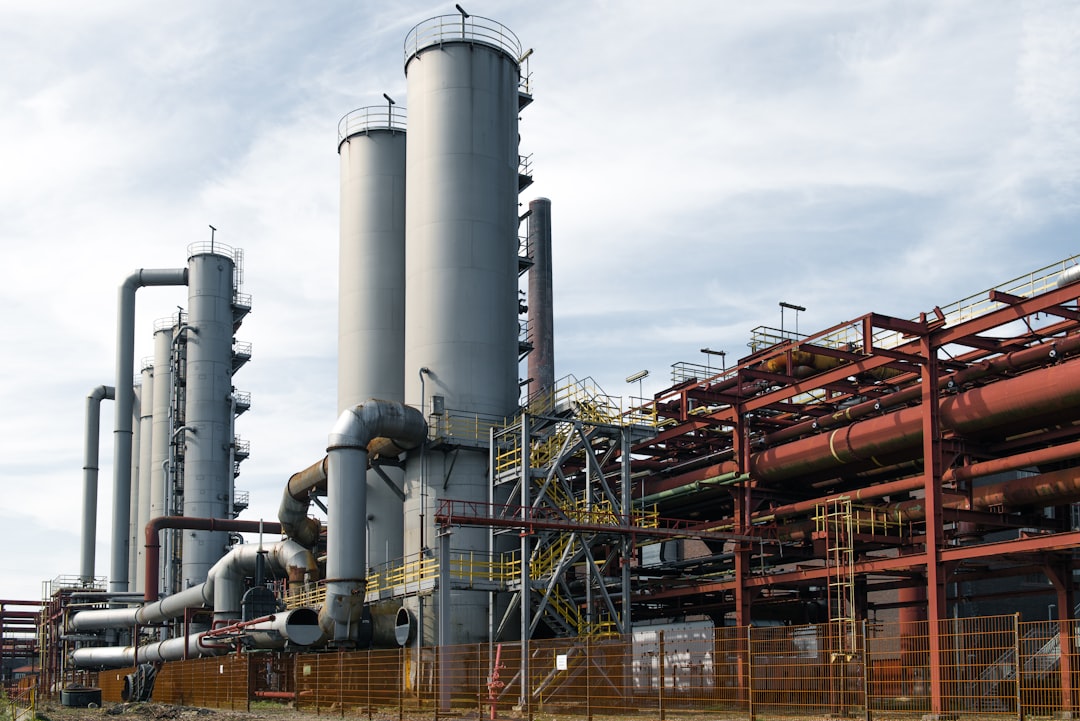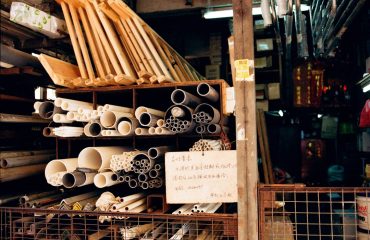The steel trade, a cornerstone of global infrastructure and manufacturing, is undergoing a significant transformation driven by advancements in industrial networking. From the blast furnace to the finished product shipment, interconnected systems are revolutionizing efficiency, safety, and profitability. This post delves into the crucial role industrial networking plays in modern steel production and distribution.
Optimizing Steel Production with Industrial Ethernet
The steelmaking process is inherently complex, involving high temperatures, massive machinery, and intricate chemical reactions. Real-time data acquisition and control are paramount for optimizing yield, minimizing waste, and ensuring consistent product quality. Industrial Ethernet, with its high bandwidth and low latency, is rapidly becoming the backbone of steel mill automation. Technologies like PROFINET and EtherCAT enable seamless communication between Programmable Logic Controllers (PLCs), sensors, actuators, and robotic systems across the entire production line. This allows for precise control of processes such as:
- Blast furnace operation: Monitoring temperature, pressure, and gas composition for optimal combustion and efficient iron production.
- Steelmaking processes: Precise control of oxygen injection, temperature regulation, and alloying additions for consistent steel quality.
- Continuous casting: Monitoring mold level, strand temperature, and cooling rates to prevent defects and optimize casting speed.
- Rolling mills: Synchronizing the movements of rollers and controlling the shape and dimensions of the steel products.
The ability to collect and analyze data from these various processes allows for predictive maintenance, reducing downtime and improving overall equipment effectiveness (OEE).
Enhancing Supply Chain Visibility with IIoT and SCADA
The steel trade isn’t just about production; it’s a complex supply chain involving raw material sourcing, transportation, processing, and distribution. The Industrial Internet of Things (IIoT) and Supervisory Control and Data Acquisition (SCADA) systems play a vital role in providing end-to-end visibility. Sensors embedded in trucks, railcars, and shipping containers track location, temperature, and other crucial parameters, providing real-time updates to central management systems. This enhanced visibility allows for:
- Improved logistics planning: Optimizing transportation routes, reducing transit times, and minimizing delays.
- Enhanced inventory management: Tracking raw materials and finished goods throughout the supply chain, preventing shortages and overstocking.
- Proactive risk management: Identifying potential disruptions early on, allowing for timely intervention and mitigation.
- Better customer service: Providing accurate delivery estimations and proactive communication about potential delays.
SCADA systems integrate data from various sources, providing a comprehensive overview of the entire supply chain, enabling better decision-making and optimized resource allocation.
Addressing Cybersecurity Challenges in Steel Mill Networks
The increasing reliance on interconnected systems introduces significant cybersecurity risks. Steel mills are attractive targets for cyberattacks, as disruption to operations can have severe economic consequences. Robust cybersecurity measures are crucial to protect against unauthorized access, data breaches, and malicious attacks. This includes:
- Network segmentation: Isolating critical systems from less sensitive ones to limit the impact of a breach.
- Firewall implementation: Protecting the network perimeter from external threats.
- Intrusion detection and prevention systems: Monitoring network traffic for suspicious activity and automatically responding to threats.
- Regular security audits and penetration testing: Identifying vulnerabilities and strengthening security defenses.
- Employee training and awareness: Educating employees about cybersecurity best practices and phishing scams.
A layered security approach is essential to mitigate the risks associated with interconnected systems in the steel industry.
Leveraging Cloud Computing for Data Analysis and Predictive Maintenance
The vast amount of data generated by interconnected systems in steel mills presents both an opportunity and a challenge. Cloud computing offers a scalable and cost-effective solution for storing, processing, and analyzing this data. Advanced analytics techniques, such as machine learning and artificial intelligence (AI), can be used to identify patterns and predict potential problems before they occur. This enables:
- Predictive maintenance: Predicting equipment failures and scheduling maintenance proactively, minimizing downtime and maximizing equipment lifespan.
- Process optimization: Identifying areas for improvement in production processes, leading to increased efficiency and reduced waste.
- Improved quality control: Detecting deviations from quality standards early on, preventing the production of defective products.
- Enhanced decision-making: Providing real-time insights into production performance and supply chain dynamics, enabling data-driven decision-making.
Cloud-based platforms provide the necessary infrastructure for handling the large volumes of data generated by modern steel mills, unlocking valuable insights for improved efficiency and profitability.
The Future of Industrial Networking in the Steel Trade
The future of industrial networking in the steel trade is bright, with ongoing advancements in technologies like 5G, edge computing, and artificial intelligence driving further innovation. These technologies will enable even greater levels of automation, connectivity, and data analysis, leading to improved efficiency, sustainability, and profitability. We can expect to see:
- Increased automation: Autonomous robots and automated guided vehicles (AGVs) will play a larger role in steel mill operations.
- Enhanced data analytics: AI and machine learning will be used to optimize processes and predict future trends.
- Improved cybersecurity: More sophisticated security measures will be implemented to protect against cyber threats.
- Greater sustainability: Industrial networking will play a key role in reducing energy consumption and environmental impact.
The steel industry is embracing digital transformation, and industrial networking is at the heart of this change, paving the way for a more efficient, resilient, and sustainable future.
Tags: Industrial Networking, Steel Industry, Steel Trade, Automation, IIoT, SCADA




